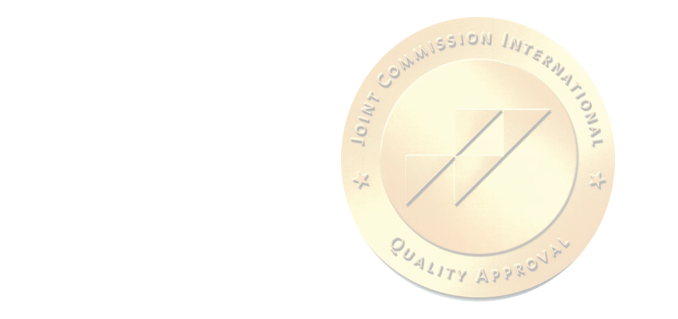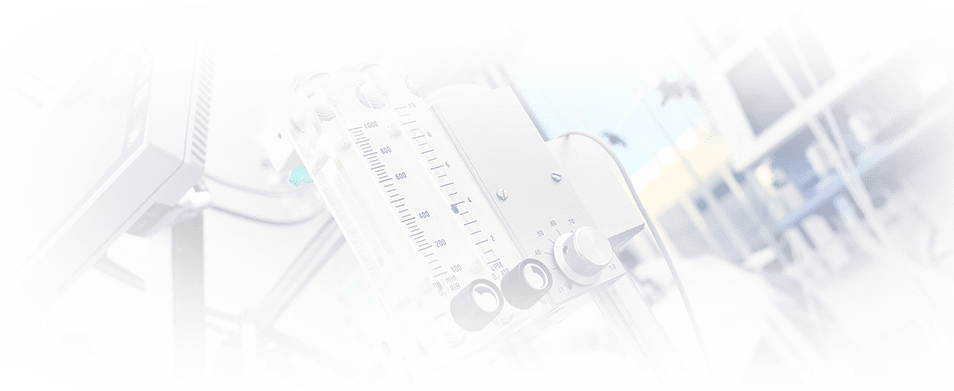Neurorehabilitation Center
Neurorehabilitation in the early stages after a stroke is the key to your full recovery
In the clinic "Medicine" (Academician Roitberg clinic), as in the best medical institutions in the world, the rehabilitation process starts in the early stages of the acute phase of stroke or immediately after injury, in intensive care units or intensive care units.
- Effective recovery of various disorders of nervous activity and health
- Reduction of adverse disease symptoms or complete cure
- Control and maintenance of all vital body functions at an optimal level
- Modern techniques and equipment manufactured in Germany, Israel, USA.
Timely neurorehabilitation allows you to cope not only with the physical consequences of a stroke, but also to overcome psychological, cognitive and social problems. Translingual neurostimulation apparatus is used to improve the brain's susceptibility to exercise
Neurorehabilitation is an effective chance for a patient to have a normal life, with the ability to move
Three levels of rehabilitation:
-
1 Full recovery
body functions are restored completely or as close as possible to their original state; -
2 Compensation
At this level, the transformation of brain systems takes place and the prevention of the development of pathological conditions that can prevent the regression of functional deficiency. As a result, a new organization of the function appears and its individual violations are corrected -
3 Readaptation (adaptation to a defect).
It is necessary for severe structural lesions of the brain, when anatomical and functional defects are irreversible.
Specialized rehabilitation treatment for stroke is divided into several types:
- in pathology, i.e. the pathophysiological mechanisms underlying stroke, specific drug and/or surgical treatment is indicated;
- to eliminate pathological disorders of neurological functions – physical rehabilitation methods;
- to increase the level of household adaptation (the ability to perform habitual active actions) – physical rehabilitation methods, in particular occupational therapy;
- to reduce the severity of social maladaptation (restriction of the social role of a person) – the entire arsenal of methods of restorative treatment, including social rehabilitation;
- for patients with complex neurological deficits (paresis, spasticity, ataxia, speech disorders memory);
- in acute violation of cerebral blood supply;
- after traumatic brain or spinal injuries;
- to increase the level of household adaptation (the ability to perform habitual active actions) – physical rehabilitation methods, in particular occupational therapy;
- for patients suffering from demyelinating and inflammatory diseases (multiple sclera, Guillain-Barre syndrome chronic inflammatory demyelinating polyneuropathies, etc.);
- in the detection of dyscirculatory encephalopathy and various types of dementia;
- for patients with extrapyramidal pathology (Parkinson's disease, dystonia of various genesis, etc.);
- for those who suffer from pain syndromes (headaches, neuropathic pain, myofascial syndromes).
To clarify whether the course of neurorehabilitation is indicated in a particular case, it is possible during the consultation of an experienced specialist of JSC "Medicine" (clinic of Academician Roitberg)
Neurorehabilitation is an effective chance for a patient to live a normal life, with the ability to move
In the neurorehabilitation program, we use a multidisciplinary approach that includes motor, adaptive, everyday and psychoemotional (speech, cognitive) rehabilitation.
Neurorehabilitation using translingual neurostimulation apparatus
A unique method of brain stimulation – translingual neurostimulation – allows patients to return to normal life even a few months after a stroke or injury: to start moving again.
- Restoration of walking function, balance
- Normalization of the psycho-emotional state
- Improving memory and attention
This technique is used to restore walking, balance and other damaged functions in patients with the following conditions:
- with acute cerebrovascular accident;
- brain injury;
- Parkinson's disease with preserved movement function;
The effect is visible after the first lessons.
Neurorehabilitation is performed in a hospital, the course of treatment is 10-14 days




